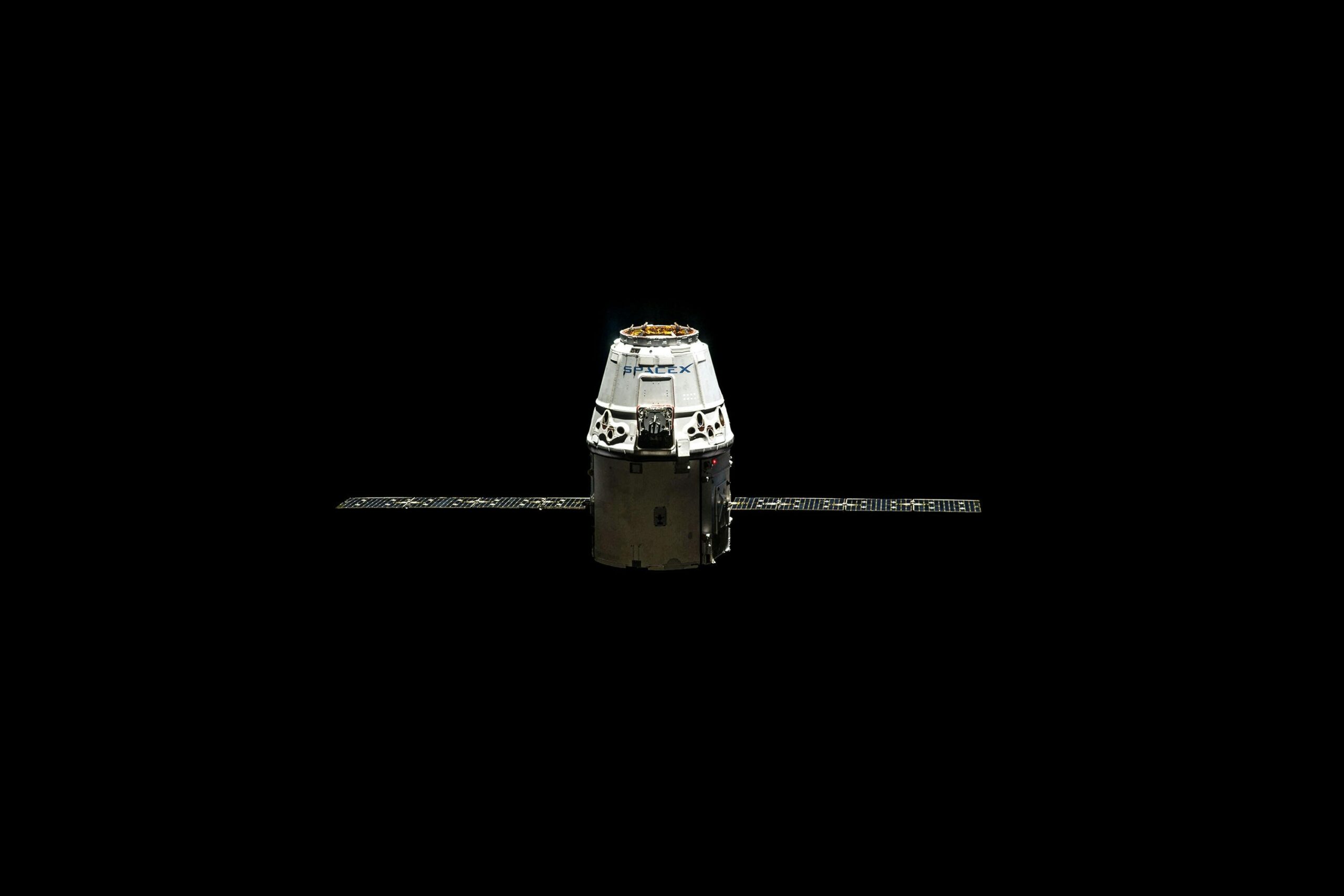

Discover the similarities between cosmic conditions and the properties of dry ice
Dry ice is an extraordinary substance with a wide range of uses, from food preservation to special effects. One of its lesser-known but incredibly fascinating applications is in simulating the conditions of outer space. This might sound like something out of a science fiction novel, but it’s a real and valuable technique used in scientific research. Let’s dive into how dry ice is used to mimic the harsh environment of space and what kind of research benefits from this cool method.
Common Conditions: Dry Ice and Outer Space
Outer space is an extreme environment characterized by very low temperatures and vacuum conditions. Dry ice, with its extremely cold temperature of -78.5 degrees Celsius (-109.3 degrees Fahrenheit), shares this frigid quality. Additionally, since dry ice sublimates (turns directly from a solid to a gas), it can help create low-pressure conditions similar to the vacuum of space. These similarities make dry ice an ideal tool for recreating space-like environments here on Earth.
How is This Achieved?
Simulating outer space conditions using dry ice involves creating a controlled environment where researchers can regulate temperature and pressure. Here’s a general outline of the process:
- Temperature Control: Dry ice provides the extreme cold needed to replicate space temperatures. Researchers place the dry ice in an insulated chamber to maintain these low temperatures over extended periods.
- Vacuum Conditions: To simulate the vacuum of space, the chamber is equipped with vacuum pumps that remove air, reducing the pressure to levels found in outer space. The sublimation of dry ice aids in maintaining these low-pressure conditions.
- Environmental Testing: Objects or materials to be tested are placed inside this chamber. By adjusting the amount of dry ice and the vacuum levels, scientists can closely mimic the environment of space.
Research Applications
Simulating outer space conditions using dry ice is crucial for a variety of research areas:
- Material Testing: Scientists test the durability and performance of materials used in spacecraft and satellites. By exposing these materials to extreme cold and vacuum, researchers can identify potential weaknesses and improve their designs.
- Biological Studies: Researchers study the effects of space-like conditions on biological samples, such as microbes and plant seeds. This helps understand how life might survive or adapt to space travel and long-term space habitation.
- Astrophysics and Astronomy: Experiments simulating space conditions help researchers study cosmic phenomena, such as the formation of ice on comets and the behavior of interstellar dust.
Notable Studies
Several notable studies have utilized dry ice to simulate space conditions:
- Mars Simulation: NASA scientists have used dry ice to simulate the surface conditions of Mars. By replicating the cold and low-pressure environment, they can test how equipment and materials might behave on the Martian surface.
- Astrobiology Research: Researchers have used dry ice chambers to study extremophiles, microorganisms that thrive in extreme conditions. These studies help astrobiologists understand the potential for life to exist on other planets.
Conclusion
Dry ice is not just for spooky effects and keeping things cool. Its ability to replicate the extreme conditions of outer space makes it an invaluable tool in scientific research. From testing materials for space missions to studying the potential for life beyond Earth, dry ice helps scientists explore the final frontier right here on our planet. So, the next time you see a fog machine at a concert, remember that the same substance creating that mist is also helping us reach for the stars!
Irish Carbonic Has Dry Ice
Dry ice is relatively inexpensive and easy to purchase. It’s also very user-friendly, provided you handle it properly. And when it’s time to purchase your dry ice, trust Irish Carbonic as your dry ice dealer in Central and Western New York.
You may not know how much you need. Don’t worry. The pros at Irish Carbonic will help you calculate exactly how much dry ice you’ll need for your project and give you tips on how to make it last for as long as possible.
Get the dry ice you need just the way you need it from Irish Carbonic. We’ll deliver your order when and where you want it or make it available for pick-up in Central or Western New York.
Contact Irish Carbonic today to learn more or to place your order for dry ice!

Explore the chemical composition and manufacturing process of dry ice.
Have you ever seen that cool fog effect at Halloween parties or in movies? That spooky mist often comes from dry ice! But what exactly is dry ice, and how is it made? Let’s dive into the chilly world of dry ice and uncover its secrets.
What is Dry Ice?
Dry ice is the solid form of carbon dioxide (CO₂). Unlike regular ice, which is frozen water, dry ice skips the liquid phase entirely. It goes directly from solid to gas in a process called sublimation. This is why you never see a puddle of water around dry ice as it “melts!”
How is Dry Ice Made?
The journey of dry ice begins with carbon dioxide gas, which is collected as a byproduct from various industrial processes like ammonia production and fermentation. This gas is then pressurized and cooled until it becomes a liquid. When the pressure is suddenly released, the liquid CO₂ expands and cools rapidly, forming solid CO₂, or dry ice. This solid CO₂ is then compressed into pellets, blocks, or slices, ready for use.
What’s the Chemical Composition?
Dry ice is pure carbon dioxide (CO₂). In its solid state, it’s extremely cold, at a chilling -78.5 degrees Celsius (-109.3 degrees Fahrenheit). Handling it without proper protection, like gloves, can cause frostbite. The low temperature is what makes dry ice perfect for preserving food, creating fog effects, and even for some industrial cleaning processes.
Is Dry Ice Eco-Friendly?
Now, you might be wondering, “Is dry ice good for the environment?” The answer is a bit nuanced. On one hand, dry ice itself doesn’t contribute to greenhouse gas emissions when used because it’s just carbon dioxide transitioning from solid to gas. However, the production of dry ice depends on the availability of CO₂ from industrial processes, which can involve the burning of fossil fuels—a significant source of greenhouse gases.
When dry ice sublimates, it returns to its gas form and mixes back into the atmosphere. Since it’s a byproduct that’s being reused, this recycling aspect can be seen as eco-friendly. But it’s crucial to consider the overall carbon footprint of the industries providing the CO₂.
Irish Carbonic Has Dry Ice
Dry ice is relatively inexpensive and easy to purchase. It’s also very user-friendly, provided you handle it properly. And when it’s time to purchase your dry ice, trust Irish Carbonic as your dry ice dealer in Central and Western New York.
You may not know how much you need. Don’t worry. The pros at Irish Carbonic will help you calculate exactly how much dry ice you’ll need for your project and give you tips on how to make it last for as long as possible.
Get the dry ice you need just the way you need it from Irish Carbonic. We’ll deliver your order when and where you want it or make it available for pick-up in Central or Western New York.
Contact Irish Carbonic today to learn more or to place your order for dry ice!






